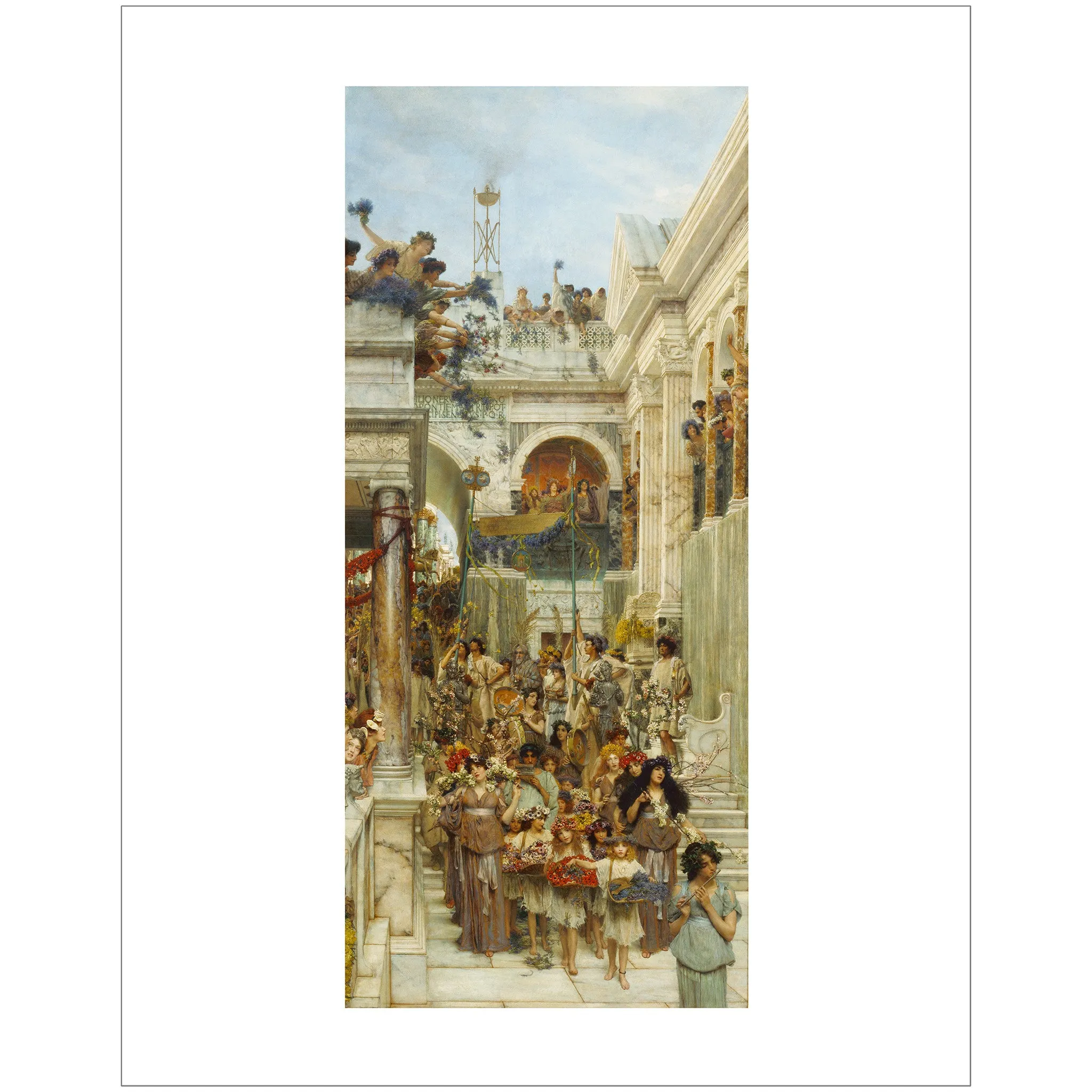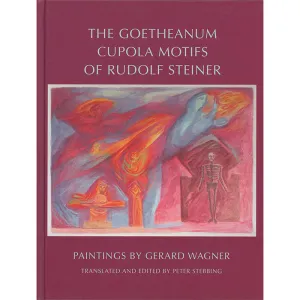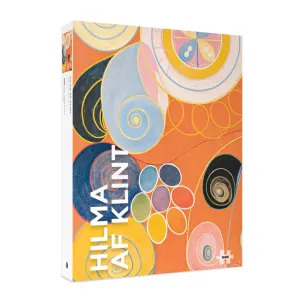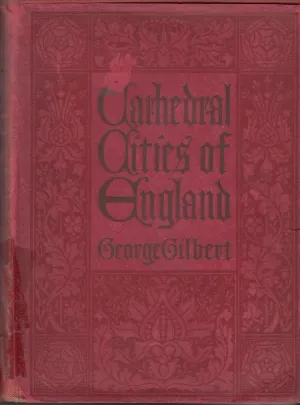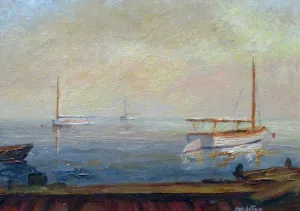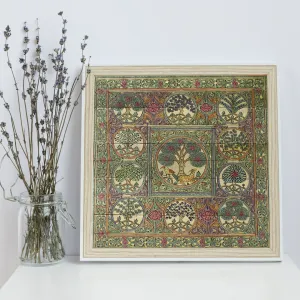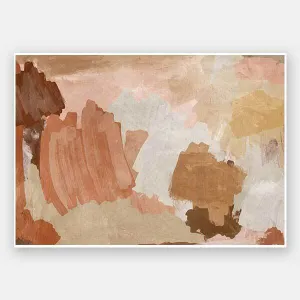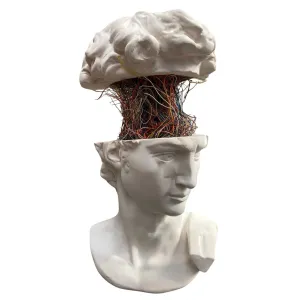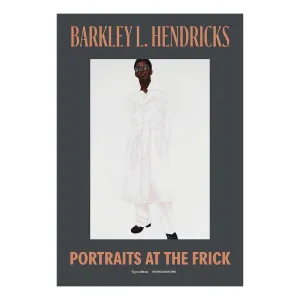In this print reproduction of one of the most beloved paintings in the collection of the J. Paul Getty Museum, a procession of women and children descending marble stairs carry and wear brightly colored flowers while cheering spectators fill the windows and roof of a classical building.
- 11 inches x 14 inches
- Item #: PR92
Lawrence Alma-Tadema here represented the Victorian custom of sending children into the country to collect flowers on the morning of May 1, or May Day, but placed the scene in ancient Rome. In this way, he suggested the festival's great antiquity through architectural details, dress, sculpture, and even the musical instruments based on Roman originals. Alma-Tadema's curiosity about the ancient world was insatiable, and the knowledge he acquired was incorporated into over three hundred paintings of ancient archeological and architectural design. He said: "Now if you want to know what those Greeks and Romans looked like, whom you make your masters in language and thought, come to me. For I can show not only what I think but what I know". Alma-Tadema's paintings also enjoyed popularity later, when his large panoramic depictions of Greek and Roman life caught the attention of Hollywood. Certain scenes in Cecil B. De Mille's film Cleopatra (1934) were inspired by this painting, Spring.
Spring
Lawrence Alma-Tadema (Dutch, 1836 - 1912)
1894
Oil on canvas
178.4 × 80.3 cm (70 1/4 × 31 5/8 in.)
The J. Paul Getty Museum, Los Angeles




